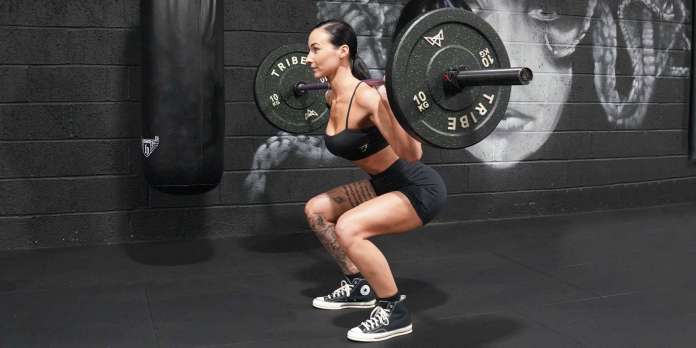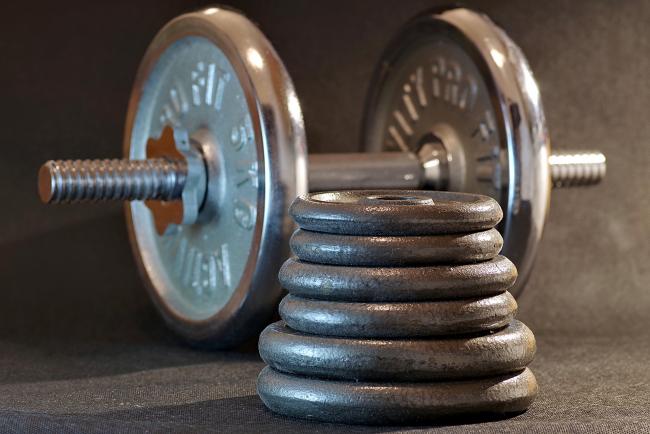
5 Exercises You May Be Doing Incorrectly and How to Fix Them
February 2, 2021
Honey-Chipotle Chicken Burrito Bowls
March 1, 2021Stop using these words interchangeably to describe your toughest training. Here’s what you need to know.
This is Your Quick Training Tip, a chance to learn how to work smarter in just a few moments so you can get right to your workout.
When you get right down to it, building strength is simple: lift something heavy, lower it, repeat. But if that’s your only focus in the weight room, you’re neglecting a key component of athleticism that’s essential for making your strength useful beyond the gym: power.
A lot of guys confuse the terms “strength” and “power,” using them interchangeably to refer to the ability to move heavy things. But the truth is that they’re two different skills that require different training methods to develop.
Strength can be defined as the ability to exert force to overcome a resistance. That’s what allows you to hoist a dumbbell off the rack and do reps with it. Speed has no bearing on strength—it doesn’t matter how long it takes you to lift something as long as you’re able to lift it.
Power, on the other hand, is all about speed. It’s the ability to exert force rapidly. Put simply, speed plus strength equals power. So while strength should always be a focus of your workout plan (even if you’re an endurance athlete), it’s important to not give power short shrift, because that is what will make you a badass on the playing field and in everyday life. Power takes your strength to the next level, allowing you to sprint fast, hit hard, jump high, and dominate the competition.
Your move: Add power training to your strength training program by becoming more explosive in your workouts.
You can do this by boosting the velocity of classic lifts such as the squat and deadlift, performing Olympic lifts such as the snatch and the clean and jerk, and including plyometrics into your routine. But don’t limit your power training to your lower body. Include upper body power moves such as the clap pushup and rotational toss to build explosiveness from head to toe.


